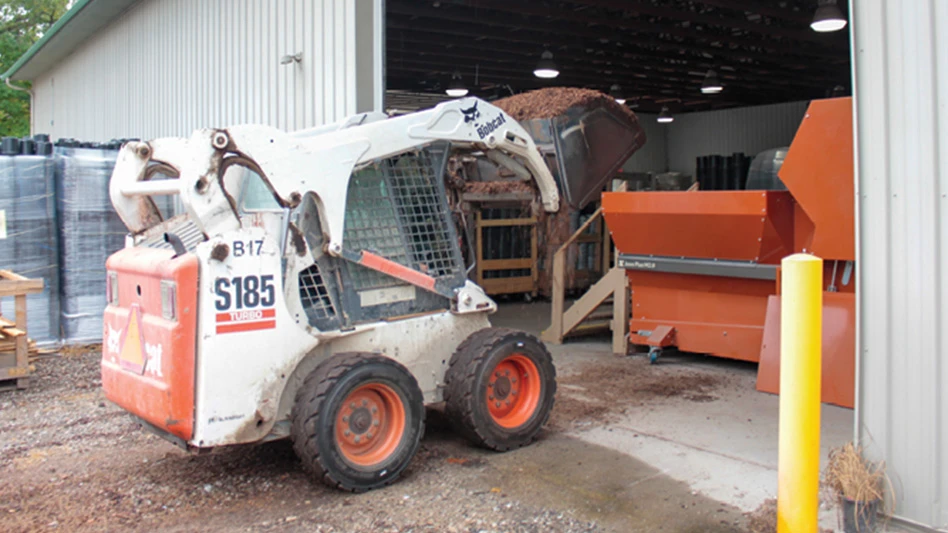

1. Why do people experience failure when growing vegetables, and how can consumers be more successful?
MH: There are three primary areas of failure when it comes to growing vegetables at home: soil quality, watering and proper protection from weather and pests. The foundation is the soil. Growing vegetables in the ground requires knowledge of soil conditioning, and it can take up to 12 months to properly condition the soil to grow viable vegetables. Using raised beds means you can fill your garden with compost and soil purchased from a garden center and start growing immediately. Another problem that can occur when growing vegetables in the ground is when nearby trees and shrubs searching for nutrients interfere with vegetable growth. Using containers will eliminate this problem entirely. Using potting soil that is aerated and designed to drain quickly will promote faster growth.
2. Sometimes it’s difficult for gardeners to know how much water their plants need. How can gardeners water more accurately?
MH: Growing vegetables in the ground and in raised beds with no base, especially in drier climates, will require large amounts of water. Another issue is over-watering in colder climates or soil that has poor drainage, which can impact growth rates, as plant roots require air to thrive. Container gardens that include self-watering reservoirs are by far the most efficient way to water. A wicking system can help feed the water back up to the plants’ roots, and a large reservoir can store water for up to three weeks, even in warmer climates.

3. What is the best way to protect crops from inclement weather and pests?
MH: Strong winds, heavy rain, hail, snow, frost and excessive heat can all destroy crops. Then you have the hungry animals who now share our cities — squirrels, rabbits, deer, gophers, ground hogs, moles, possums, vermin, birds, cats, dogs — you name it. It’s a wonder anyone can grow anything! Using covers that include breathable materials ensures air and water can penetrate. Clear plastic covers can be great on a cold morning, but if the temperature rises above 85 degrees Fahrenheit while you are at work, you may lose all your crops. They are also prone to break down from UV rays. Mesh is a better option, but you don’t want too much light blocked, as this will inhibit growth rates. Make sure the cover is durable and can withstand the elements.
4. What materials are best for building raised bed gardens?
MH: The safest materials are plastics that are considered food safe and used for food containers, such as polypropylene and polyethylene. Recycled plastics are not considered safe, as they may contain traces of other materials. Virgin PP with UV treatment will give you the safest garden and the longest life. Treated lumber and rail ties can contain poisonous substances, which is not something you want near plants you intend to eat. Metal can rust, wood can rot, and some plastics can leach.
5. What are the most common questions customers have when first using raised garden beds?
MH: Usually, soil quality is the first question. It is important that when you are growing in containers that you buy a premium potting mix. It will cost a bit more, but you will gain that back ten-fold as you grow larger plants for longer periods.
For more information: www.vegepod.com

Explore the August 2018 Issue
Check out more from this issue and find your next story to read.
Latest from Garden Center
- Leading Women of Horticulture: Emily Showalter, Willoway Nurseries
- Garden Center 2025 Top 100 IGCs List open for submissions with new judging criteria
- Meet the All-America Selections AAS winners for 2025
- AmericanHort urges exclusion of sphagnum peat moss from proposed Canadian tariff
- VIDEO: Garden Center's 2024 State of the Industry Report
- The Growth Industry Episode 2: Emily Showalter on how Willoway Nurseries transformed its business
- Farwest Show calls for 2025 New Varieties Showcase entries
- Oregon Nurseries Hall of Fame member Jack Bigej passes away





